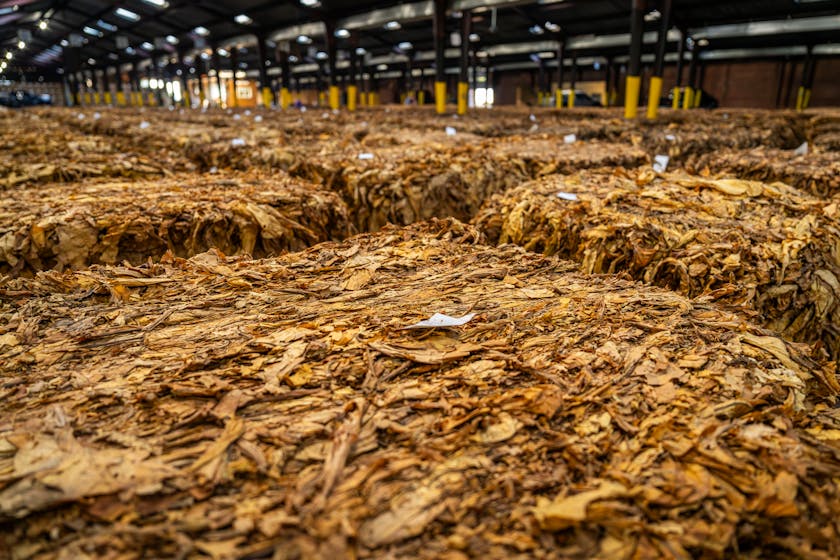If you’re considering bulk meal storage as part of your emergency preparedness strategy, once-a-month cooking can be a practical approach. This method not only saves time but also ensures that you have a variety of meals ready at a moment’s notice, which is crucial during unexpected situations.
Understanding Bulk Meal Storage
Before diving into once-a-month cooking, it’s important to understand what bulk meal storage entails. It involves preparing and storing large quantities of food in a safe and efficient manner. This food can then be consumed during periods when you might not have access to fresh ingredients, such as during a natural disaster or other emergencies.
Benefits of Once-a-Month Cooking for Emergency Preparedness
Time Efficiency: Cooking in bulk means you spend one or two days in the kitchen, and then you’re free for the rest of the month. It’s especially beneficial when emergencies disrupt daily life, and you cannot cook regularly.
Cost-Effective: Buying ingredients in bulk often results in cost savings. Additionally, you can take advantage of sales and discounts to stock up on supplies.
Variety and Nutrition: By planning ahead, you can ensure your emergency meals are diverse and nutritious, which is important for maintaining health in stressful times.
Planning Your Once-a-Month Cooking Day
Start with a solid plan. Choose recipes that freeze well, such as stews, casseroles, and soups. Make a comprehensive shopping list and consider dietary restrictions and preferences. Remember to account for breakfast, lunch, dinner, and snacks.
Next, prepare your kitchen. Ensure you have enough storage containers and freezer space. Labeling is key – include the name of the dish, cooking instructions, and the date it was made.
Executing Your Bulk Cooking Day
Gather all your ingredients and start with the recipes that take the longest to cook. While those are simmering, work on simpler dishes. Remember to cool your meals properly before freezing to prevent bacterial growth. Use vacuum sealers or airtight containers to extend the shelf life of your meals.
Organization is crucial. Create an inventory of your stored meals, noting the quantities and expiration dates. This will help you rotate your stock and use meals before they spoil.
Storing Your Bulk Meals
Choose a cool, dark, and dry location for your emergency food storage. Basements or closets can be ideal if they are climate-controlled. If you’re storing food in a garage or shed, ensure it is protected from extreme temperatures and pests.
For those living in smaller spaces, consider under-bed storage or hanging shelves. The key is to keep your emergency food supply separate from your everyday pantry.
Maintaining Your Bulk Meal Supply
Regularly check your inventory for any signs of spoilage or freezer burn. Rotate your stock by consuming the oldest meals first and replacing them with fresh batches. This practice ensures that your emergency food supply remains fresh and usable.
Additionally, consider the nutritional content and variety of your stored meals. Including a mix of carbohydrates, proteins, and fats will help maintain energy levels during stressful periods.
Considerations for Special Dietary Needs
For those with food allergies or specific dietary requirements, once-a-month cooking provides the opportunity to tailor meals to individual needs. This is particularly important in emergencies when specialty foods may not be readily available.
Remember, emergency preparedness is not just about having enough food; it’s about having the right food. Once-a-month cooking allows you to prepare meals that are both enjoyable and sustaining, ensuring you’re well-equipped for any emergency.



